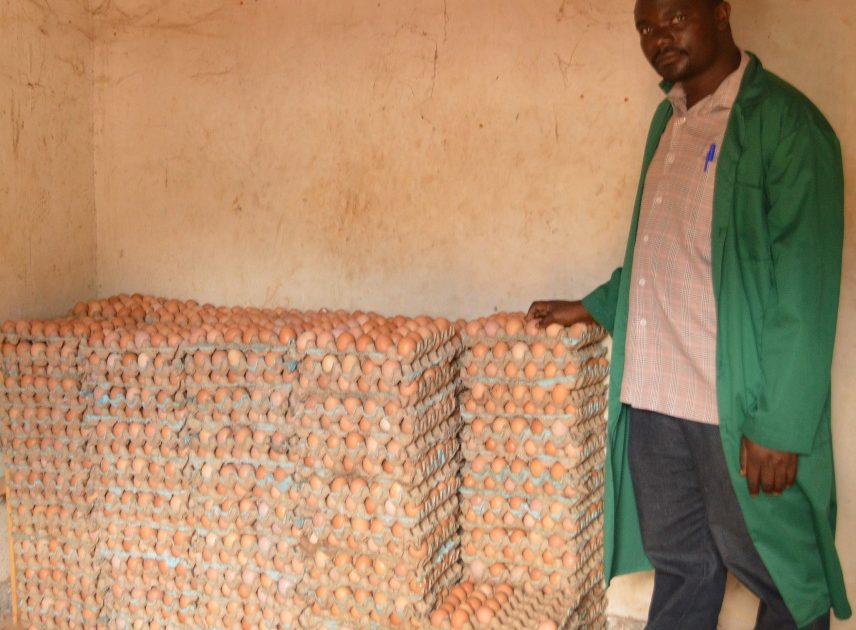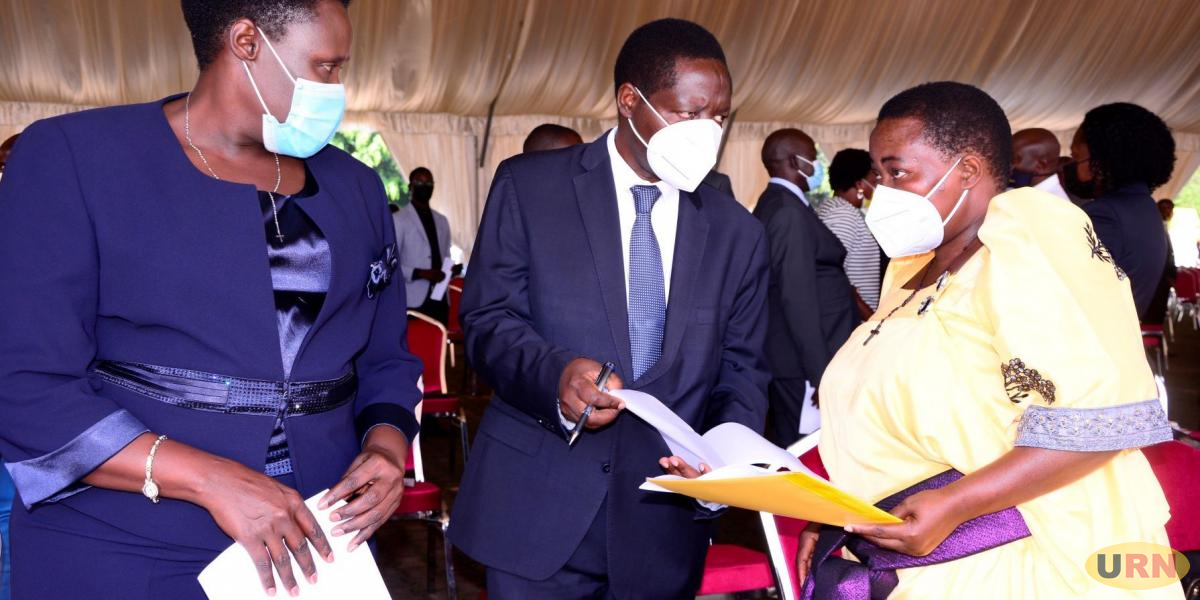Feed-related problems, diseases and bad management practices in intensive layer houses can result in a decreased number of eggs and also eggs which are abnormal in shape and colour.
Decreased egg production results in a smaller profit to farmers and less money in their pockets. Therefore, it is important to know how to prevent these factors affecting egg production.
FEED-RELATED PROBLEMS
* Not enough drinking water
Clean and cool water must always be available to avoid heat stress. Lack of water results in reduced egg production.
* No feed or decreased feed intake
Chickens tend to eat less when the feed is not tasty or when they are stressed because of environmental temperatures, especially when it gets too hot. Feed should be available at all times.
When chickens are not well fed, egg production decreases
*Low calcium in the feed
This result in few and smaller eggs, soft-shelled eggs, shell-less eggs, cracked eggs, eggs losing colour and hens having leg problems.
If calcium deficiency is suspected, take a feed sample to the laboratory to check the calcium level.
Commercial rations have calcium added. When mixing your own ration make sure that calcium added is 3,5 %.
If calcium deficiency is a problem, limestone grit should be given as a top dressing at least twice a week at 5 gm/bird.
* Low salt in the feed
This results in a sharp decrease in egg production. Chickens will also start pecking each other and eating feathers.
If salt deficiency is suspected, a sample of feed should be taken to the laboratory to check the level of salt. Take care when mixing your own chicken ration at home. Add the required quantity of salt, which is 0,4 %.
DISEASES
* Newcastle disease (NCD)
NCD is a viral infection that can result in a mortality rate of 100 % in chickens. It also leads to a drop in egg production and quality.
* Infectious bronchitis (IB)
This is a rapidly-spreading viral infection of chicken characterized by respiratory signs. It also causes drop in egg production (up to 50 %) and egg quality. Egg shells are deformed. There is a vaccine for this disease.
* Epidemic tremor
This is a viral infection that results in a drop in egg production. Layers are vaccinated on the thirteenth week of age. The vaccine is given in the drinking water.
* Egg drop syndrome
This is a viral infection that affects the reproductive organs of chickens. The signs are a drop in egg production, thin shells, soft shells and shell-less eggs. There is a vaccine available to prevent the disease. Layers are vaccinated on the sixteenth week of age. The vaccine is given in the muscle.
Other diseases causing a drop in egg production are salmonellosis, mycoplasmosis, infectious laryngotracheitis and internal parasites (when the chickens are kept on the ground).
MANAGEMENT PROBLEMS
* Lighting
In housed chickens, lighting is important.
When the lights are off, chickens do not eat and this results in low egg production. Lights should be checked regularly and cleaned so that they do not get dimmer.
Bulbs should be changed when necessary.
Chickens should be exposed to light for a minimum of 14 hours and a maximum of 17 hours per day.
Exposure to light for less than the minimum time required results in a drop in egg production.
When chickens are exposed to too much light, they reach sexual maturity at an early stage and they lay very small eggs.
CHICKEN FACTORS
Layers are usually kept for 52 weeks. After this period, they undergo a stage called moulting where they lose their feathers and stop producing eggs. Egg production will start again in the second laying period after moulting, but the eggs will be bigger, shells thinner and production lower.
Older birds produce eggs with thin shells.
Indigenous chickens do not lay as many eggs when compared to commercial layers.
Source: African Farm Resource Centre.





